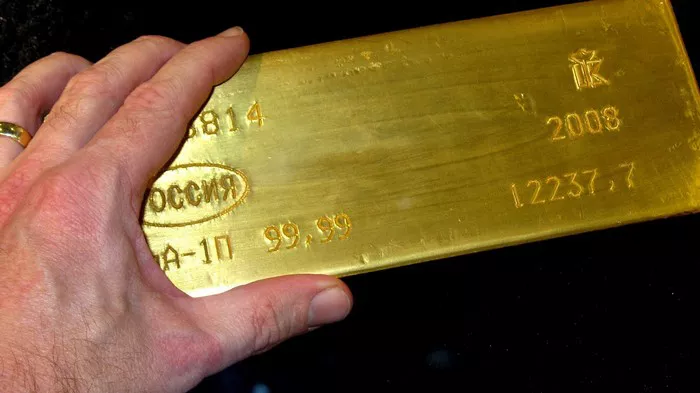On Tuesday (June 10th), gold faced short-term pressure from both the cooling of safe-haven assets and the strengthening of the US dollar. As high-level negotiations between major Asian countries and the United States entered their second day in London, the market was optimistic about reaching an agreement in the field of export control. This improved overall risk sentiment and put significant selling pressure on safe-haven assets such as gold. As of the time of publication, gold was quoted at $3,318.12 per ounce, down 0.20%.
Top News Update
Gold Price Struggles: Recently, the gold price has failed to effectively break through the 200-hour moving average, reflecting a lack of bullish momentum. In the short term, it is likely to consolidate or further adjust, according to a commodity analyst.
Fed Policy Uncertainty: The policy path of the Federal Reserve remains uncertain, limiting the decline of gold. Although strong employment data is bearish for gold in the short term, data from the CME FedWatch tool shows that the market still expects the probability of a rate cut in September to be close to 60%.
Long-Term Credit Risks: The long-term credit risks triggered by the US fiscal deficit and the burden of national debt, as well as Trump’s public call for a 1-percentage-point interest rate cut, have also limited the upside potential of the US dollar, thereby indirectly supporting gold.
Geopolitical Tensions: Geopolitical tensions continue to escalate. The Ukrainian side said that Russia’s large-scale air strikes pose a potential disturbance to market risk sentiment.
Gold Technical Analysis
The latest view from analysts at Economies.com today: Spot gold prices fell in recent intraday trading after failing to break through the resistance brought by the EMA50. Meanwhile, the key resistance level remained stable at the $3,325 level, which hindered the recovery of the upward trend. This decline occurred after breaking through the bullish channel, which exerted negative pressure on the price. Additionally, after reaching an exaggerated overbought level compared to the price trend, the RSI showed a negative overlap signal, increasing the possibility of a negative divergence. This might push the price into a bearish correction in the short term.
Related Topics:


































